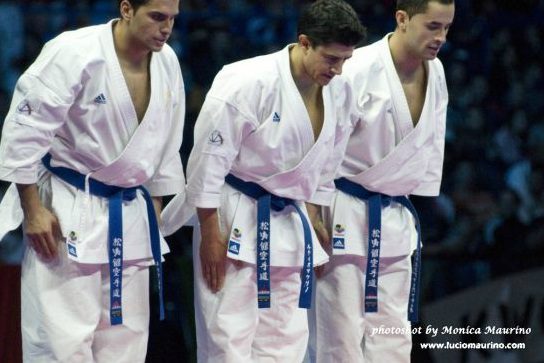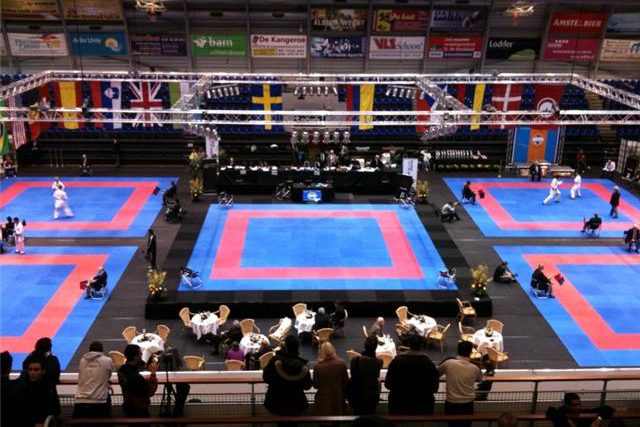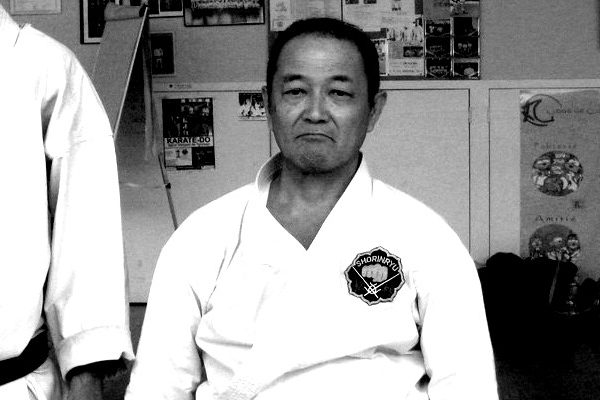Last week I attended a lecture about communication in the Japanese society.
I think that in order to understand Karate (and other Budo) you must understand the cultural “landscape” from which it evolved.
That’s why I always try to use the information I get from lectures and such, to enhance my understanding of Karate (or just Budo in general). Since I’ve been doing this for a while, it has almost become easy, and I can draw parallels to Karate or Kobudo from almost anything. All you need is some thinking outside the box.
So let’s talk communication.
Apparently, once upon a time, some scientists tested the so called “moment of silence” in a conversation. You know, when one says something, and it momentarily becomes all silent. This is something that feels akward for most people. But how long can you actually stand this silence?
To test how long people could stand this “silent moment” (without interrupting), a person was chosen to hold a lecture for a bunch of people (who didn’t know they were being tested). And in the middle of speaking, the lecturer stops talking.
He becomes silent.
At the same time, his colleague in the audience is using a stopwatch to see how long it takes before people start “coughing”, looking at their watches, and turning in their seats. How long their patience is, in other words.
They did this first with an American audience, and the result was about 4 seconds.
Okay, not bad, but we have nothing to compare to yet.
So they did the exact same experiment with a Japanese audience.
The result was 50 seconds of silence, before people lost their patience.
I find this interesting. The Japanese, although they have some of the biggest and busiest cities in the world, producing the most crazy tv-shows and video games, had no problem being quiet for 50 seconds, waiting for the lecturer to speak.
This is something people dealing with the Japanese should know about. You could say like this:
Japanese communication is like bowling:
You take a few steps back, aim, and swing the ball (your question). It’s rolling… slooowly. Rolling… rolling… BAM! It hits! (The receiver of the question gets the meaning, and starts to think of an answer). You wait. And wait. Slooowly the ball rolls back, under the lane, and finally, over to you (you get the answer for your question). Japanese communication is just like this.
Western communication, on the other hand, can be compared to another sport.
Ping-pong:
Qustion, answer, question, answer, ping, pong, question, answer, question, answer. And finally someone wins.
How does this apply to your training then? Well, practising a Japanese art means that the people who developed it had the “Bowling-mentality”. Just compare the ultra Japanese art of Iaido (the art of drawing the sword)… with kickboxing (developed in America). Iaido is just like bowling! And kickboxing is like ping-pong:
Punch, kick, punch, kick, ping, pong, punch, kick, punch, kick.
Iaido, on the other hand:
The ball is slowly rolling… (The sword is being drawn)… Bam! (The sword slashes through the air). It is slooowly withdrawn… Zanshin.
Think about it.
Are you playing ping-pong in your dojo?
Or bowling?
Why?
And what should you be playing?



4 Comments